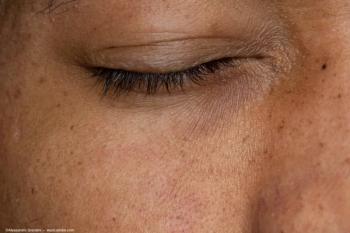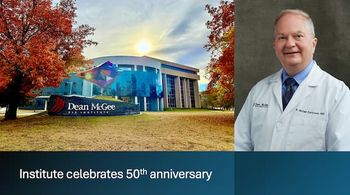
ARVO 2025: Barsha Lal, PhD, presents an atropine study that addresses families' accomodative concerns
A one-drop, low dose atropine study assesses accommodative amplitude and dynamics, with clinically applicable findings.
Barsha Lal, PhD, is a post-doctoral researcher at the University of Houston, where she works with Lisa Ostrin, OD, PhD, FAAO, FARVO. At the Association for Research in Vision and Ophthalmology (ARVO) meeting, Dr. Lal met with the Eye Care Network to present recent findings in myopia management.
In Prof. Ostrin's lab, Dr. Lal and colleagues are researching low-dose atropine. The aim of the study Dr. Lal presented at ARVO was to look at the 1-hour and 24-hour effects of low-dose atropine on exudative and accommodative parameters.
"The participants and the examiner both were masked to the drops, what were being put in their eyes," Dr. Lal said. "We wanted to see [if] these parameters, especially accommodation and exudative, are they changing in that 1 hour and 24 hour duration?"
Dr. Lal noted that the static part of the accommodation was measured using the Grand Seiko WAM-5500, a binocular autorefractor/keratometer, while the dynamic accommodation was measured using a power refractor. the axial length was measured using the MYAH instrument from Topcon. "It is important that we give you the details of the instruments, because it will tell you how refined our measurements were," Dr. Lal said.
Based on the measurements, Dr. Lal said, the investigators could confidently say that axial length will not change from a single atropine drop over 24 hours. But static accommodation was likely to change, and dynamic accommodation only changed in some cases, she reported.
"The results from this study can be directly applied to clinical patients," Dr. Lal explained. "We have seen in literature that there are studies that says that atropine will cause pupil dilation, it will affect accommodation. But nobody tells you, what a child is facing on day-to-day basis...It's very important for [patients and parents] to know what will happen to them on a daily basis, what kind of problems they're facing. This study can directly relate to that."
Newsletter
Don’t miss out—get Ophthalmology Times updates on the latest clinical advancements and expert interviews, straight to your inbox.


















































.png)


